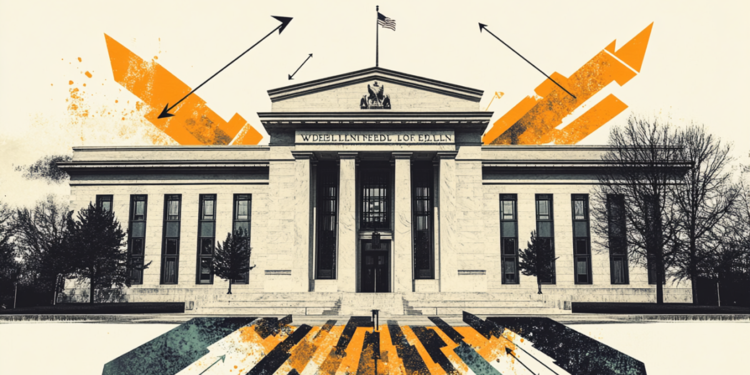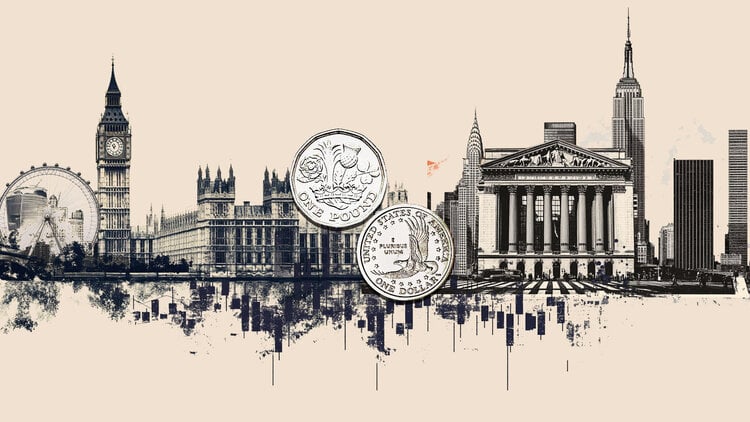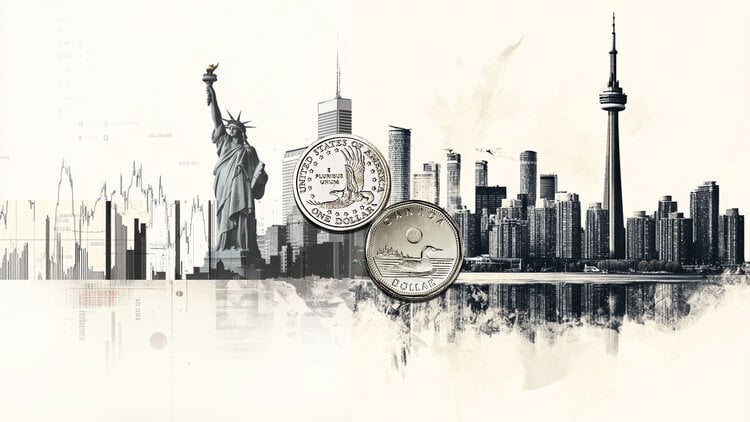- EUR/USD receives downward pressure due to market caution ahead of US inflation report
- US headline and core inflation are estimated to rise to 2.7% and 3.3%, respectively, year-on-year in November.
- The Euro faces challenges as the ECB is widely expected to implement a 25 basis point rate cut on Thursday.
EUR/USD remains subdued for the fourth consecutive day, trading around 1.0530 during the Asian session on Wednesday. However, the pair faced challenges as the US Dollar (USD) gained support on market caution, which could be attributed to the upcoming US Consumer Price Index (CPI) data release scheduled for on Wednesday.
The US Dollar Index (DXY), which measures the value of the US Dollar (USD) against its six major peers, appreciates as US Treasury yields continue to rise amid market caution ahead of the policy decision of the Federal Reserve (Fed). The DXY maintains its position around 106.40 with 2-year and 10-year US Treasury coupon yields standing at 4.16% and 4.23%, respectively, at the time of writing.
US CPI inflation is estimated to rise to 2.7% year-on-year in November from 2.6% in October. Meanwhile, the core CPI, excluding food and energy, is expected to rise 3.3% year-on-year. Any sign of stalled progress could significantly decrease the likelihood of a Federal Reserve (Fed) rate cut. However, markets are now pricing in a nearly 85.8% probability of Fed rate cuts by 25 basis points, according to the CME FedWatch tool.
In the Eurozone, traders await the policy decision of the European Central Bank (ECB), scheduled for Thursday. The central bank is widely expected to implement a 25 basis point cut, reducing the main refinancing operations rate from 3.4% to 3.15% and the deposit facility rate from 3.25% to 3.0% .
The ECB FAQs
The European Central Bank (ECB), headquartered in Frankfurt (Germany), is the reserve bank of the euro zone. The ECB sets interest rates and manages the region’s monetary policy.
The ECB’s main mandate is to maintain price stability, which means keeping inflation at around 2%. Its main tool to achieve this is to raise or lower interest rates. Relatively high interest rates usually translate into a stronger Euro, and vice versa.
The Governing Council of the ECB takes monetary policy decisions at meetings held eight times a year. Decisions are made by the heads of the euro area’s national banks and six permanent members, including ECB President Christine Lagarde.
In extreme situations, the European Central Bank can launch a policy tool called Quantitative Easing. QE is the process by which the ECB prints Euros and uses them to buy assets (usually government or corporate bonds) from banks and other financial institutions. The result is usually a weaker Euro.
QE is a last resort when a simple lowering of interest rates is unlikely to achieve the objective of price stability. The ECB used it during the Great Financial Crisis of 2009-11, in 2015 when inflation remained stubbornly low, as well as during the coronavirus pandemic.
Quantitative tightening (QT) is the reverse of QE. It is carried out after QE, when the economic recovery is underway and inflation begins to rise. While in QE the European Central Bank (ECB) buys government and corporate bonds from financial institutions to provide them with liquidity, in QT the ECB stops buying more bonds and stops reinvesting the maturing principal of the bonds that are already possesses. It is usually positive (or bullish) for the Euro.
Source: Fx Street
I am Joshua Winder, a senior-level journalist and editor at World Stock Market. I specialize in covering news related to the stock market and economic trends. With more than 8 years of experience in this field, I have become an expert in financial reporting.







